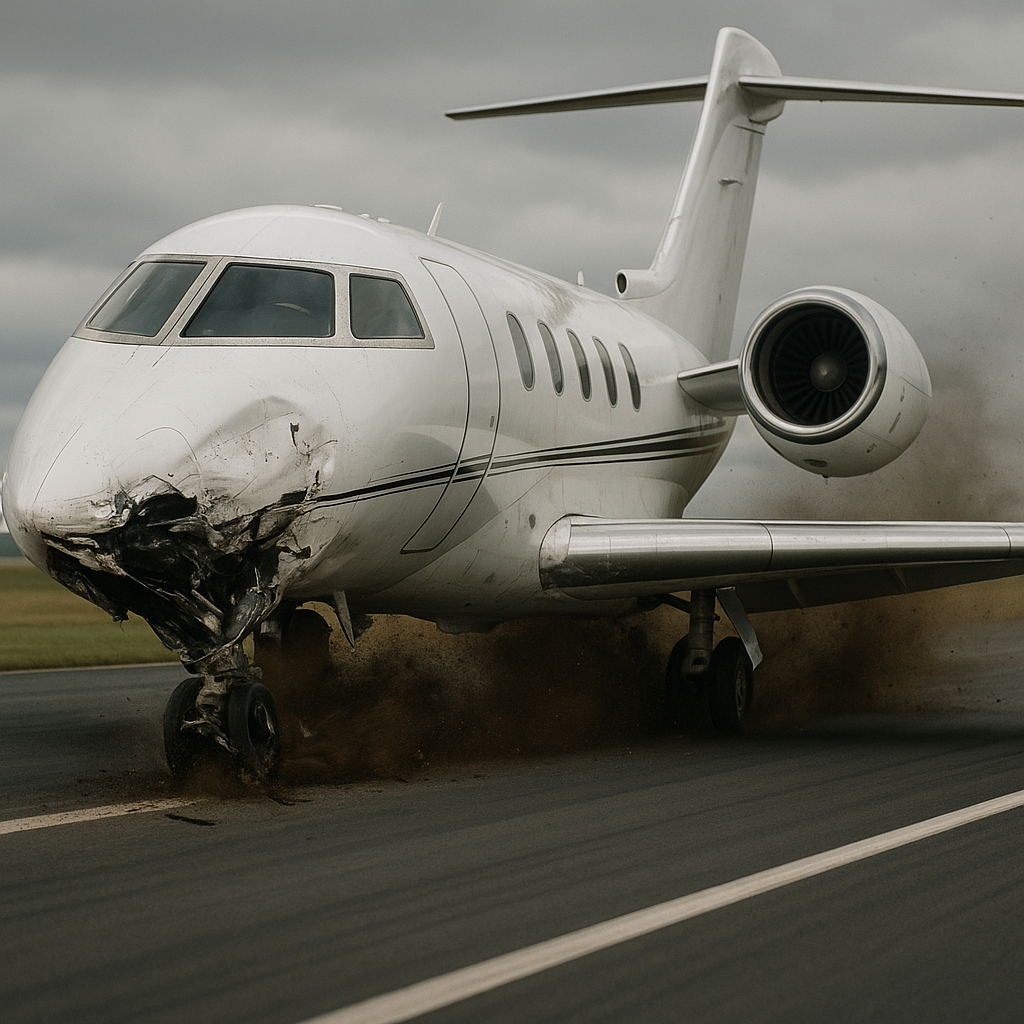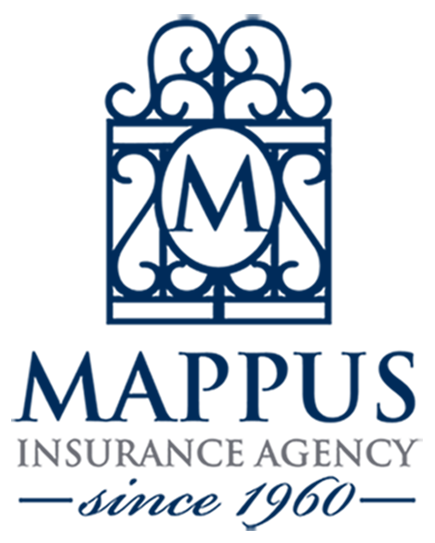-
Address: 421 Wando Park Blvd., Suite 100 Mount Pleasant, SC 29464
-
Phone: (843) 763-4200
-
Email: hello@mappusinsurance.com

Executive Summary
In today’s aviation environment, the need for robust, flexible, and comprehensive insurance coverage has never been more crucial. For pilots, flight instructors, aviation businesses, and organizations that operate or utilize aircraft they do not own, Non-Owned Aviation Insurance plays a critical role in mitigating risk. This white paper outlines the purpose, value, and applications of non-owned aviation insurance, and why it should be a cornerstone of any aviation risk management strategy.
Introduction
Many aviation professionals and organizations operate aircraft they do not legally own—whether through rental, charter, partnership agreements, or flight training operations. In these cases, the aircraft owner’s policy may not extend liability protection to the operator, or may do so inadequately. This exposes the pilot or organization to significant financial risk in the event of an accident or incident.
Non-Owned Aviation Insurance fills this coverage gap, providing essential liability and physical damage protection for those who fly or manage aircraft they don’t own.
What Is Non-Owned Aviation Insurance?
Non-owned aviation insurance provides liability coverage for individuals or organizations who operate aircraft they do not own. It typically includes:
– Non-Owned Aircraft Liability: Covers bodily injury and property damage to third parties caused by the insured while operating a non-owned aircraft.
– Non-Owned Hull Coverage (optional): Covers damage to the non-owned aircraft itself while in the insured’s care, custody, or control.
This type of insurance is not tied to a specific aircraft, but rather follows the insured party across different aircraft that meet the policy’s criteria.
Why Is It Important?
Bridges the Liability Gap
Aircraft rental agreements often place full liability on the pilot or renting party. In the event of a crash, injury, or property damage, the operator may be held personally responsible—even if the aircraft owner holds a primary insurance policy. Coverages like this are specifically excluded under a personal liability or homeowners insurance policy and/or a general business liability insurance policy.
Protects Personal Assets
Without non-owned insurance, individuals—especially private pilots and flight instructors—can face devastating personal financial losses from lawsuits or damage claims.
Meets Legal and Contractual Requirements
Many FBOs, flight schools, and aircraft owners require non-owned liability coverage before allowing use of their aircraft.
Covers Defense Costs
Even if a pilot is not at fault, legal defense costs in aviation-related lawsuits can be extremely high. Non-owned aviation policies typically include coverage for legal defense.
Essential for Flight Instructors and Students
Certified Flight Instructors (CFIs) and student pilots regularly fly aircraft owned by others. Instructors, in particular, can be named in lawsuits involving student mishaps.
Supports Corporate Aviation Risk Management
Companies that allow employees to charter or pilot non-owned aircraft need protection from third-party liability. Non-owned aviation insurance can be tailored to corporate use cases.
Use Cases and Examples
– Private Pilot: Rents a Cessna 172 for a weekend trip. A runway overrun causes minor damage to the aircraft and fence damage at the airport.
– Flight Instructor: Provides instruction in a student-owned aircraft. During a training flight, a hard landing results in structural damage.
– Corporate Travel: An employee charters a non-owned aircraft for business. The aircraft causes property damage during taxi.
In each case, non-owned aviation insurance would provide critical protection.
Policy Considerations
When evaluating a non-owned policy, consider:
– Aircraft types and uses covered
– Liability limits (typically $1M per occurrence, with or without sublimits)
– Hull damage coverage (if available)
– Defense coverage inclusion
– Geographical coverage area
– Named insureds (individual vs corporate coverage)
Conclusion
Whether you are a private pilot, flight instructor, or corporate aviation user, non-owned aviation insurance is an indispensable tool in your risk management strategy. It fills a critical gap in coverage, protects against unforeseen legal and financial exposure, and allows pilots and businesses to operate with confidence and security.
In an industry where the unexpected can happen despite the best safety protocols, having the right insurance protection—especially for non-owned operations—is not optional; it’s essential.
Contact our Aviation Expert:
Mark Gargula
Insurance Advisor – Private Client, Yachts & Aviation
Call, Text, 843.822.1612
mark@mappusinsurance.com
